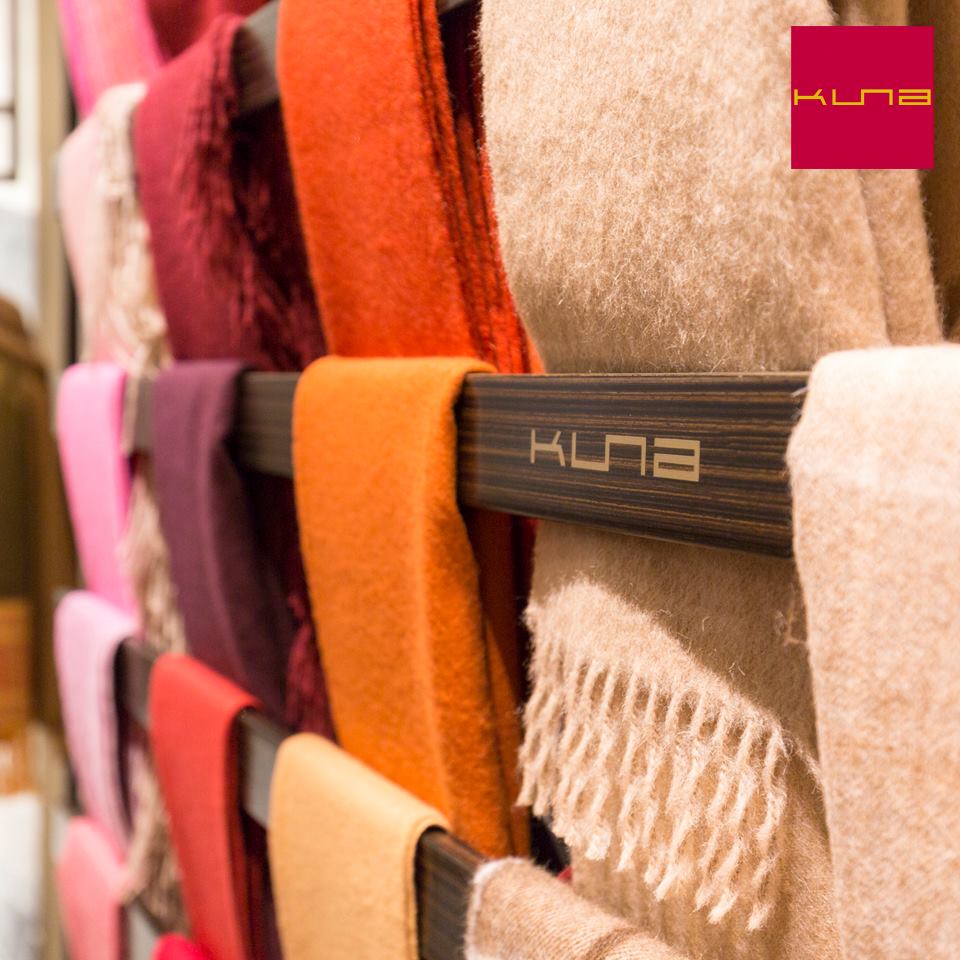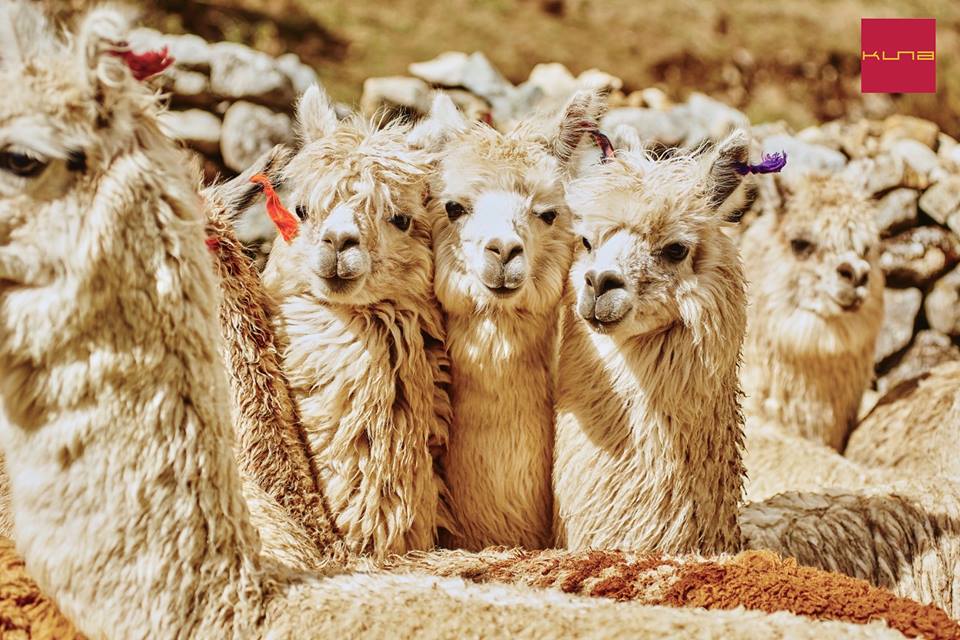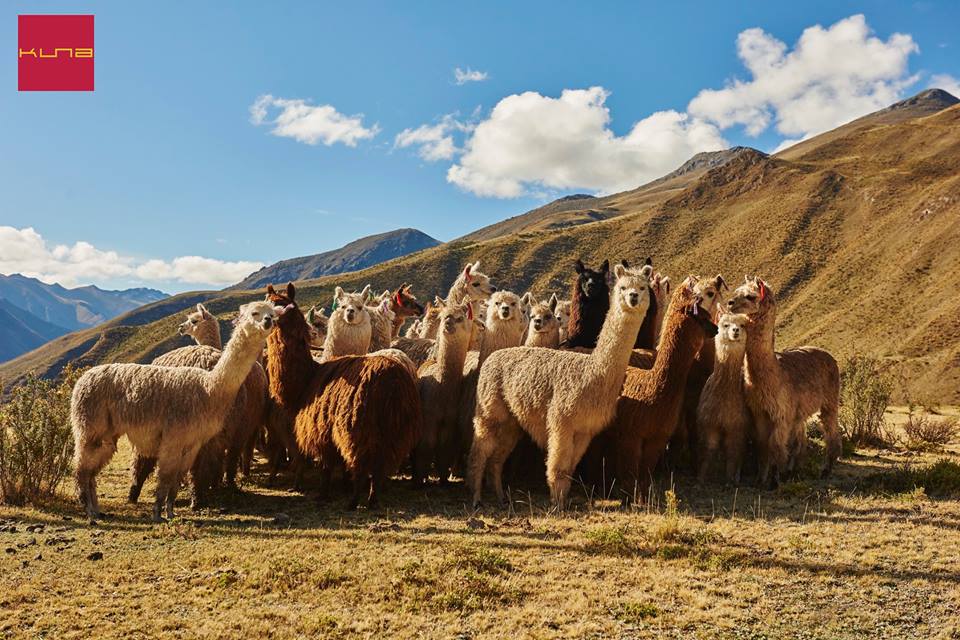ALPACA ECO FRIENDLY FASHION

Before placing an order or shopping at a retail store... we think of numbers: How much does this scarf cost? What percent discount will I get in today’s sale? How many pairs of socks do I need to buy to get a deal? Right? However, what is the chances that we are not considering the right numbers?
Did you know that to produce a regular shirt it takes about 2,700 liters of water? That is the same amount that the average person drinks over the course of 900 days.
One astonishing fact in alpaca fiber production is that the fiber comes naturally in 22 colors, ranging from black to all shades of browns and whites. And when other colors are required, its dyeing process is fairly simple and completely safe to the environment (and the end-user), since it is only done with natural and organic dyes and can be easily done without affecting the fiber’s natural sheen and other wonderful properties.
Even the alpacas themselves take care of their surroundings: naturally, they avoid damaging their own pastures by not overgrazing them, and are careful to only walk through them in a manner that does not damage them, at the same time flaunting their grace and elegance. Their manure also helps regenerate their environment by giving back to the land those nutrients which have not been consumed.
At the same time, the world’s great designers and the companies that produce alpaca fibers have at their fingertips a “green” product that’s also bringing progress to the magnificent Andes’ communities, by respecting both its breeders, with fair trade practices, as well as the animals themselves; for example, the techniques used today to shear them are safe and, in fact, of great benefit to the animals, since they help minimize the development of parasites and diseases.
I hope this info will help you out!!
Do check out our collections at www.alpacacollections.com and create the best outfit for every occasion. & or email us at [email protected]




Comments
Leave A Reply
Your email address will not be published.